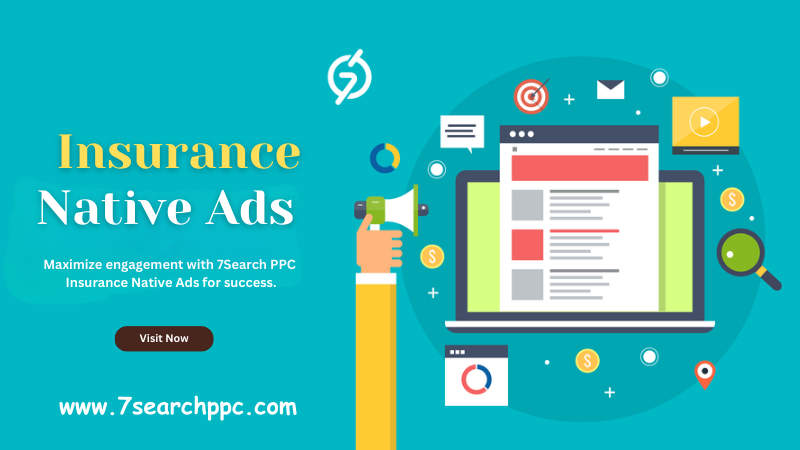To effectively promote insurance goods and services, insurance native ads provide the following advantages:

Seamless Integration: Native ads blend seamlessly with the content on the platform, making them less intrusive and more likely to be engaged with by users. This integration helps to maintain a positive user experience, which is crucial for insurance brands looking to build trust and credibility.
Higher Engagement Rates: Because native ads match the format and style of the content around them, they often have higher engagement rates compared to traditional display ads. For insurance companies, this means more potential customers are likely to interact with their content, leading to higher conversion rates.
Improved Targeting: Native ads can be highly targeted, allowing insurance companies to reach specific demographics or audiences based on factors such as age, location, and browsing behavior. This precision targeting ensures that the ads are shown to users who are most likely to be interested in the insurance products being offered.
Enhanced Credibility: Native ads appear more like regular content than obvious advertisements, which can enhance the message's credibility. This can be particularly important for insurance providers as it helps build trust with potential customers who may be skeptical of more traditional advertising methods.
Increased Brand Awareness: Native ads provide a subtle yet effective way to increase brand awareness. By appearing in content that users are already engaged with, insurance companies can ensure their brand is top-of-mind when users are ready to decide their insurance needs.
Better User Experience: Since native ads are designed to be non-disruptive, they contribute to a better overall user experience. This positive experience can translate into a more favorable perception of the insurance brand, vital in a competitive industry where trust and customer satisfaction are key.
Scalability: Native ads can be easily scaled across various platforms, including social media, news sites, and other content-driven platforms. This scalability allows insurance companies to reach a broad audience while maintaining the effectiveness of their advertising campaigns.
Seamless Integration: Native ads blend seamlessly with the content on the platform, making them less intrusive and more likely to be engaged with by users. This integration helps to maintain a positive user experience, which is crucial for insurance brands looking to build trust and credibility.
Higher Engagement Rates: Because native ads match the format and style of the content around them, they often have higher engagement rates compared to traditional display ads. For insurance companies, this means more potential customers are likely to interact with their content, leading to higher conversion rates.
Improved Targeting: Native ads can be highly targeted, allowing insurance companies to reach specific demographics or audiences based on factors such as age, location, and browsing behavior. This precision targeting ensures that the ads are shown to users who are most likely to be interested in the insurance products being offered.
Enhanced Credibility: Native ads appear more like regular content than obvious advertisements, which can enhance the message's credibility. This can be particularly important for insurance providers as it helps build trust with potential customers who may be skeptical of more traditional advertising methods.
Increased Brand Awareness: Native ads provide a subtle yet effective way to increase brand awareness. By appearing in content that users are already engaged with, insurance companies can ensure their brand is top-of-mind when users are ready to decide their insurance needs.
Better User Experience: Since native ads are designed to be non-disruptive, they contribute to a better overall user experience. This positive experience can translate into a more favorable perception of the insurance brand, vital in a competitive industry where trust and customer satisfaction are key.
Scalability: Native ads can be easily scaled across various platforms, including social media, news sites, and other content-driven platforms. This scalability allows insurance companies to reach a broad audience while maintaining the effectiveness of their advertising campaigns.
